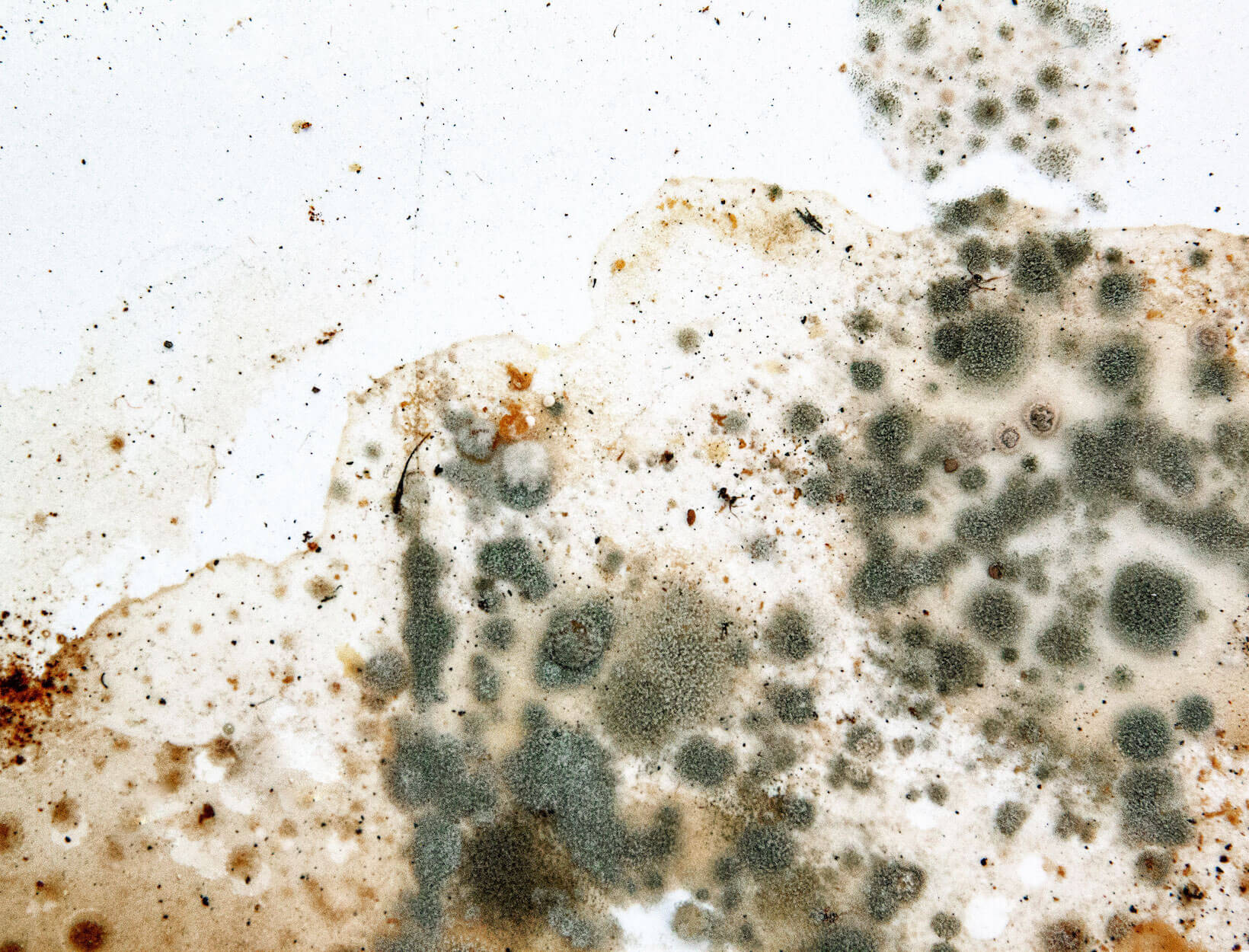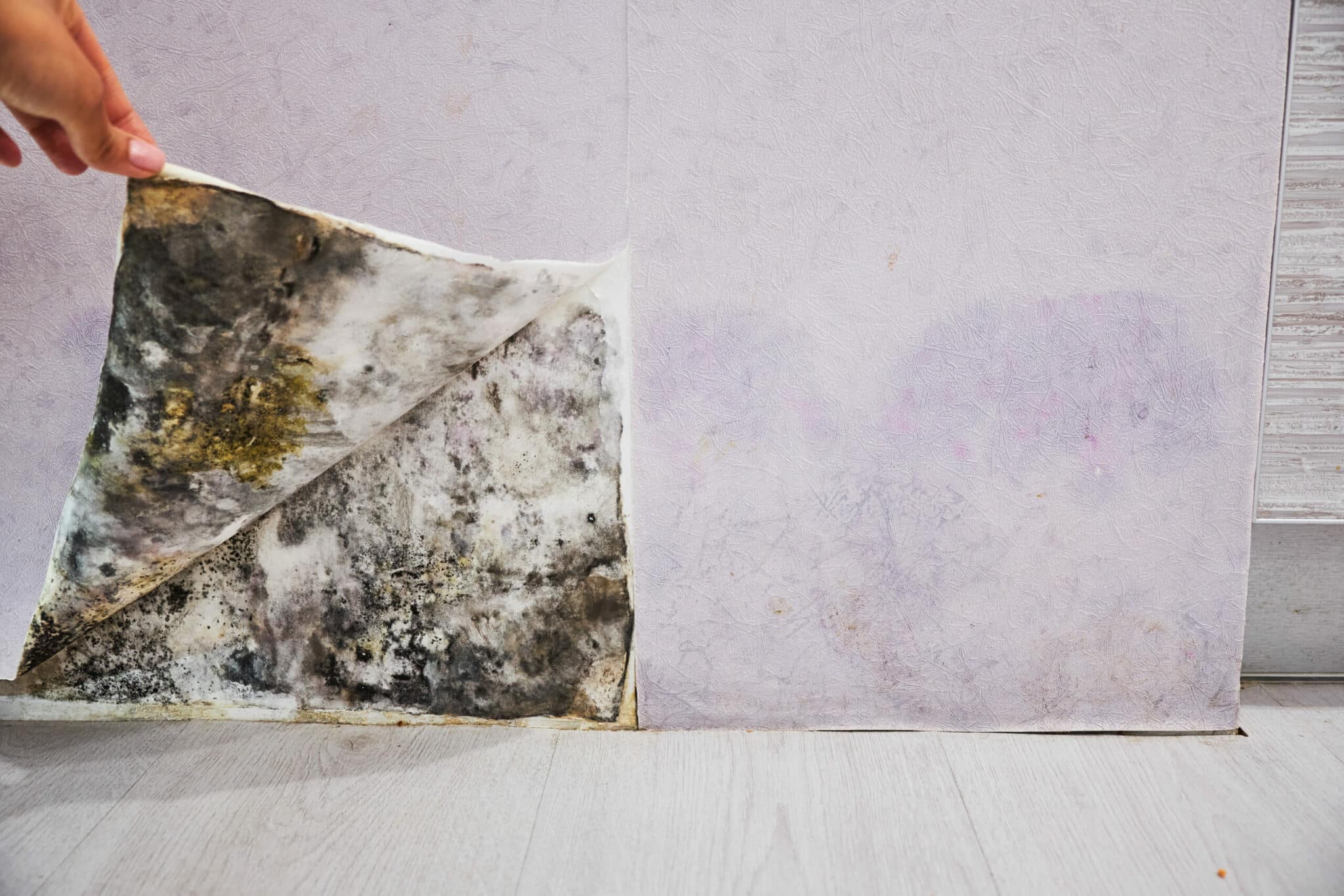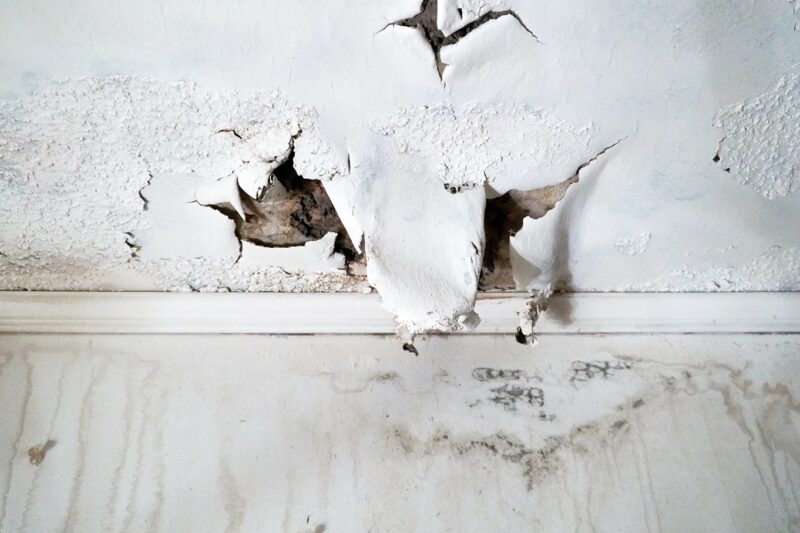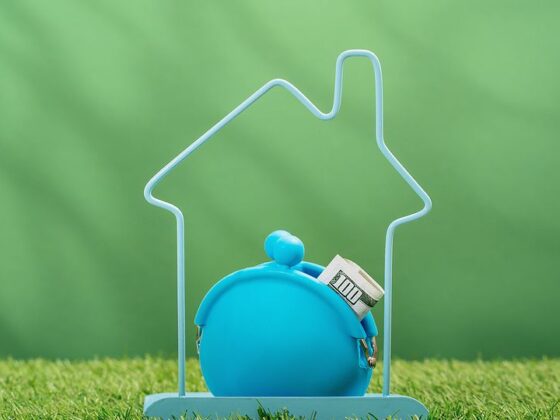When mold invades our homes, it brings a host of concerns ranging from health risks to property damage. As awareness of these potential hazards grows, so does the market for DIY mold testing kits.
Promising a quick and easy way to identify unseen spores hiding in your home, these kits are becoming increasingly popular among homeowners eager to take action. But how reliable are these tests? Do they deliver accurate results, or are they merely a financial drain with little to show for it? In this article, we’ll delve into the world of DIY mold testing kits, exploring their effectiveness, the science behind them, and whether they are truly worth your hard-earned money.
From the convenience of at-home testing to the intricate complexities of mold detection, we aim to unravel the truth and help you make an informed decision.
Understanding Mold and Its Risks

Mold inspection in Tampa is essential because mold is not just an unsightly invader lurking in damp corners; it poses serious health risks and can damage the structural integrity of your home. Many types of mold produce allergens, irritants, and even toxic substances known as mycotoxins, which can trigger a myriad of health issues, particularly in vulnerable populations like children, the elderly, and those with pre-existing respiratory conditions.
Its ability to thrive in humid environments means that it can quickly spread, often before homeowners are even aware of its presence. Understanding the various species of mold and the conditions that promote their growth is crucial for effective prevention and remediation.
Are DIY mold testing kits a practical tool in this battle, or do they merely lull homeowners into a false sense of security? The answer lies in understanding not just the potential hazards posed by mold but also the reliability of the solutions we choose to address it.
How DIY Mold Testing Kits Work

DIY mold testing kits operate by providing homeowners with the tools necessary to assess air and surface quality for potential mold contamination. Typically, these kits include petri dishes or air sampling devices that collect samples from the environment.
Upon exposure to the air or surface, these samples are then sent to a laboratory for analysis, or in some cases, assessed directly at home. Many kits boast user-friendly instructions, allowing even novices to conduct tests without professional help.
However, the accuracy of results can vary widely. Factors such as the timing of the test, the type of mold spores present, and how samples are collected all play significant roles in determining reliability.
Thus, while these kits can offer preliminary insight into mold presence, they often fall short of comprehensive analysis, raising the question of whether they provide true value or merely feed into the anxiety surrounding mold problems.
Pros and Cons of DIY Mold Testing Kits

When considering the use of DIY mold testing kits, there are notable pros and cons that potential users should weigh carefully. On one hand, these kits offer an affordable and accessible means for homeowners to check for mold without the hefty price tag of professional services.
Many kits provide immediate results, allowing for quick action in the face of potential mold issues. However, these advantages are countered by significant drawbacks.
The accuracy of DIY kits can be questionable, as they may not detect all mold types or quantify spore levels effectively. Furthermore, improper usage can yield false negatives, leaving hidden mold problems unaddressed.
Without expert analysis, the results might lead homeowners to either unnecessary panic or a false sense of security. Therefore, while DIY kits present a tempting solution for immediate mold concerns, one must tread carefully and consider whether the trade-offs in reliability are worth it.
Conclusion
In conclusion, while DIY mold testing kits may offer convenience and an initial sense of control for homeowners concerned about potential mold growth, their accuracy and reliability can be questionable. Homeowners should approach these kits with caution, as many do not provide a comprehensive assessment of mold issues.
For a thorough and accurate evaluation, particularly in regions like Tampa, where humidity can exacerbate mold problems, professional mold inspection services may be a worthwhile investment. Ultimately, ensuring a safe and healthy living environment may require expert insight and intervention that DIY kits simply cannot match.


